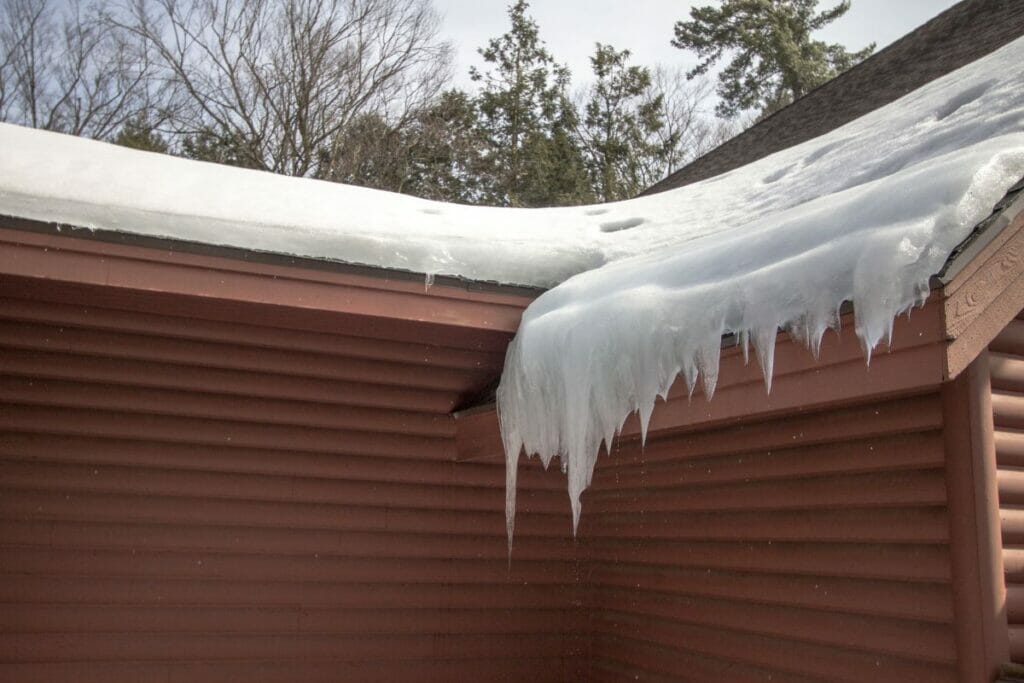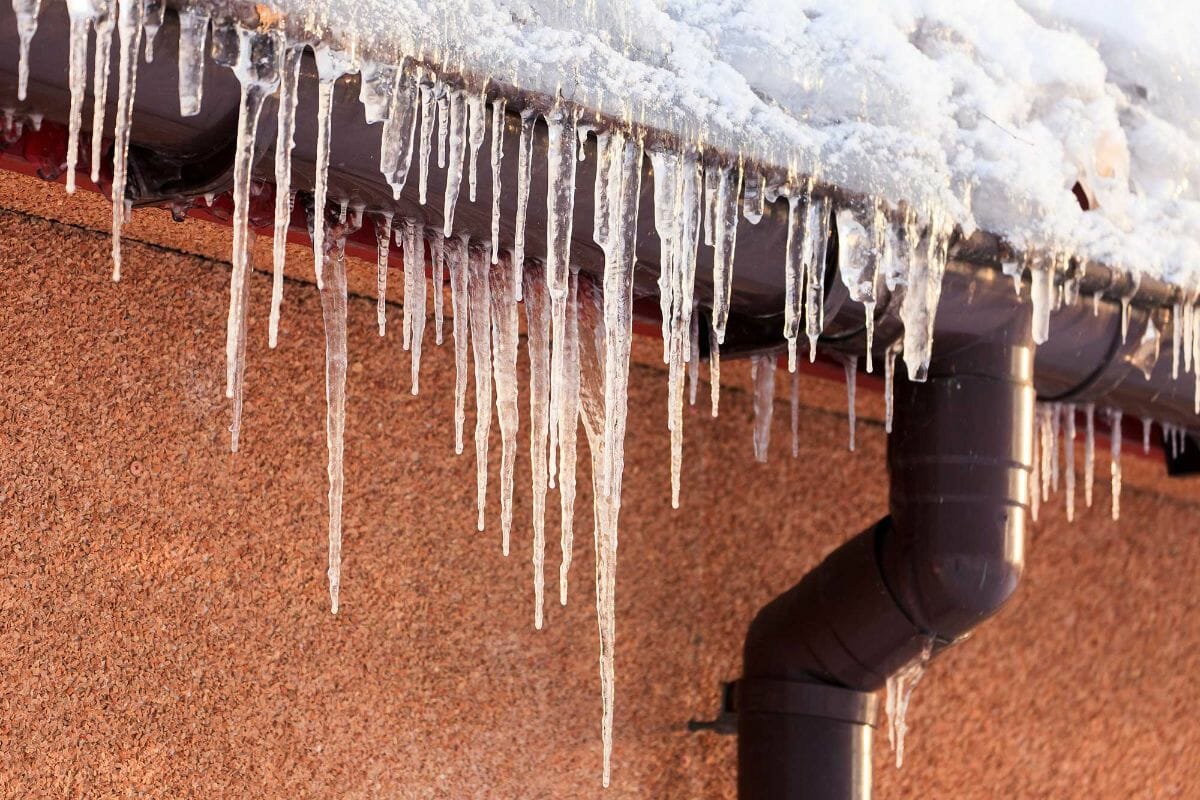Function
While they don’t make a drastic visual change to your roof, heating cables work very well when properly installed. They don’t affect the entire roof and clear patches of snow, but rather melt the ice immediately around them, providing enough space for water to run off into your gutter. Depending on the profile of your roof, you may have ice dams somewhere other than the eaves. If that’s the case, you’ll need to either run supplemental cables or find a way to address those problem areas at the source. This is an important distinction: ice dams may still form but they won’t block the flow of additional snow melt, and that’s what protects your roof.

Cost
Roof heater cables run on electricity, which can make heat generation expensive. Some cabling systems are self-regulating, meaning that they generate more heat as the temperature drops, and cycle on and off as needed in order to minimize the hit to your budget. However, those systems are more expensive to purchase and install. The flip side of the higher electrical bill is the potential savings when your roof isn’t penetrated by an ice dam. If you’re struggling with an ice dam situation, then investing in properly installed heating cables has the potential to pay huge dividends by protecting your roof and the home beneath it!
Installation
Roof heating cables come in a variety of forms, including a particularly user-friendly version commonly called ice tape. This self-adhesive coil makes it very easy to install, especially for a homeowner who has some comfort on a ladder. Like many products, heater cables are only effective if installed properly. If you have some doubts about your ability to set up the cables correctly, you should consider finding a contractor. Of course, it’s equally true that the contractor themselves must be qualified. Always ask for references, and don’t assume that they can “figure it out.” Lastly, consider that the deicing cables need to be installed before the snow falls, so you’ll want to prep for winter before the weather turns.
Usage
One trait of roof heater cables that sometimes draws criticism is that they are only functional in relatively “warm” cold weather, usually down to about -9° F. But when you stop to think of it, this actually makes a lot of sense. Ice dams are caused by snow melting, which means that they only form once the temperature is right at the freezing mark. In other words, they’re not a problem when it’s especially cold, so you don’t need the cables to run in extreme temperatures.
Conclusion
Heat cables may only be a part of the solution to secure your Denver home this winter. If you have a roof that experiences winter woes with snow, ice, and ice dam accumulation, it might be wise to further investigate heat cables as well as other solutions. If you aren’t sure what is best for your roof, contact Cairn Roofing Group and an expert will get back to you with the answers you need to securely protect and winterize your roof.
 (720) 670-0265
(720) 670-0265
